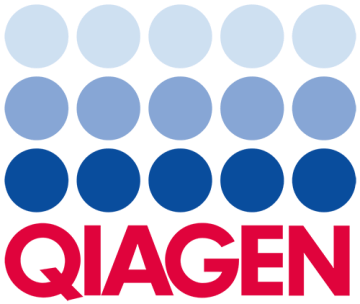
Principle of Pyrosequencing
Step 1
A DNA segment is amplified and the strand to serve as the Pyrosequencing template is biotinylated. After denaturation, the biotinylated single-stranded PCR amplicon is isolated and allowed to hybridize with a sequencing primer (see figure Principle of Pyrosequencing — steps 1–3).
Step 2
The hybridized primer and single-stranded template are incubated with the enzymes DNA polymerase, ATP sulfurylase, luciferase, and apyrase, as well as the substrates adenosine 5' phosphosulfate (APS) and luciferin (see figure Principle of Pyrosequencing — steps 1–3).
Step 3
The first deoxyribonucleotide triphosphate (dNTP) is added to the reaction. DNA polymerase catalyzes addition of the dNTP to the sequencing primer, if it is complementary to the base in the template strand. Each incorporation event is accompanied by the release of pyrophosphate (PPi) in a quantity equimolar to the amount of incorporated nucleotide (see figure Principle of Pyrosequencing — steps 1–3).
Principle of Pyrosequencing — steps1–3
[1] A DNA segment is amplified and the strand to serve as the Pyrosequencing template is biotinylated. After denaturation, the biotinylated single-stranded PCR amplicon is isolated and allowed to hybridize with a sequencing primer. [2] The hybridized primer and single-stranded template are incubated with the enzymes DNA polymerase, ATP sulfurylase, luciferase, and apyrase, as well as the substrates adenosine 5' phosphosulfate (APS) and luciferin. [3] The first deoxyribonucleotide triphosphate (dNTP) is added to the reaction. DNA polymerase catalyzes addition of the dNTP to the sequencing primer, if it is complementary to the base in the template strand. Each incorporation event is accompanied by the release of pyrophosphate (PPi) in a quantity equimolar to the amount of incorporated nucleotide.
Step 4
ATP sulfurylase converts PPi to ATP in the presence of adenosine 5' phosphosulfate (APS). This ATP drives the luciferase-mediated conversion of luciferin to oxyluciferin that generates visible light in amounts that are proportional to the amount of ATP. The light produced in the luciferase-catalyzed reaction is detected by a charge coupled device (CCD) camera and seen as a peak in the raw data output (Pyrogram). The height of each peak (light signal) is proportional to the number of nucleotides incorporated (see figure Principle of Pyrosequencing — step 4).
Step 5
Apyrase, a nucleotide-degrading enzyme, continuously degrades unincorporated nucleotides and ATP. When degradation is complete, another nucleotide is added (see figure Principle of Pyrosequencing — step 5).
Step 6
Addition of dNTPs is performed sequentially. It should be noted that deoxyadenosine alfa-thio triphosphate (dATPαS) is used as a substitute for the natural deoxyadenosine triphosphate (dATP) since it is efficiently used by the DNA polymerase, but not recognized by the luciferase. As the process continues, the complementary DNA strand is built up and the nucleotide sequence is determined from the signal peaks in the Pyrogram trace (see figure Principle of Pyrosequencing — step 6).





